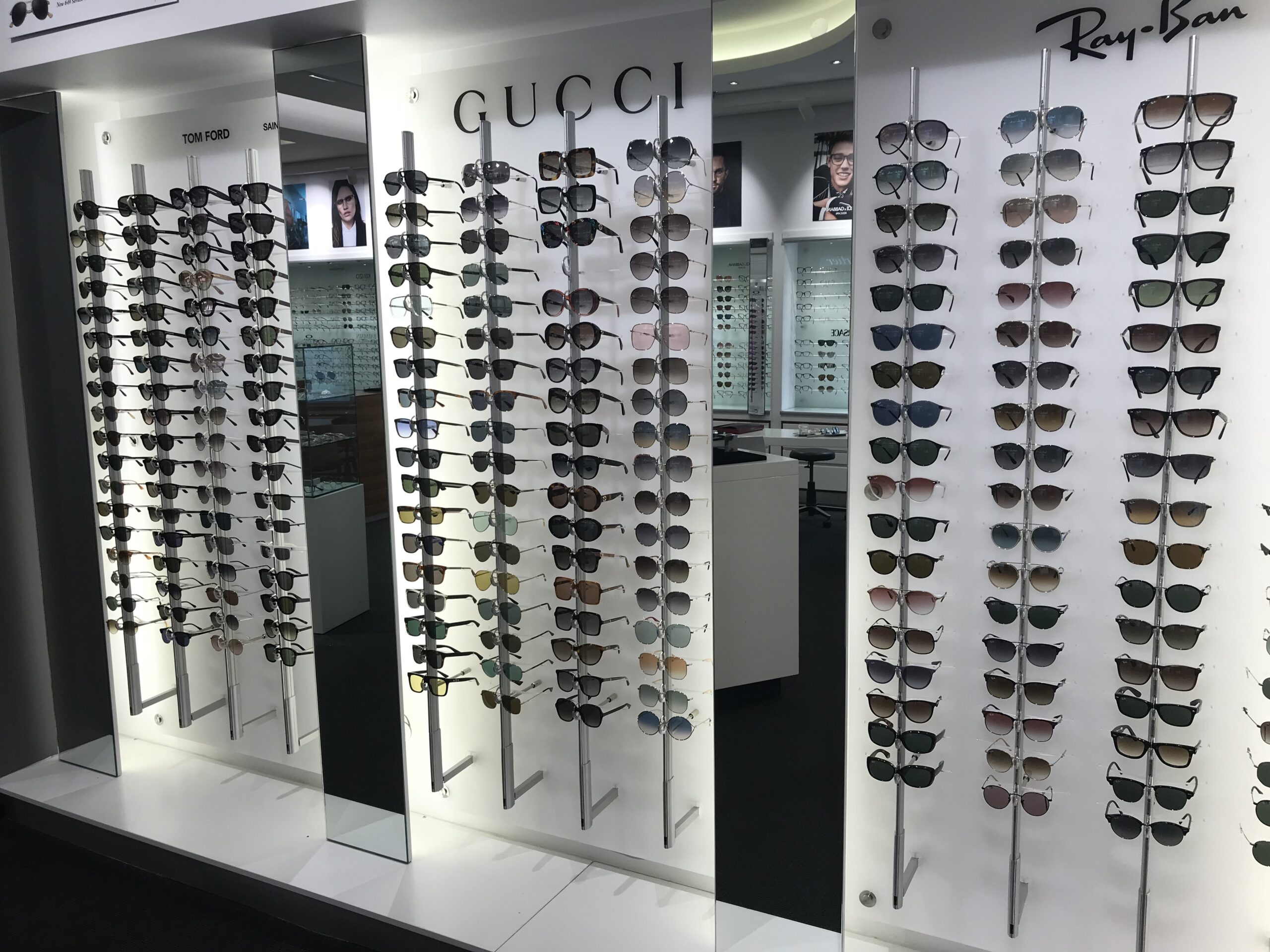Cosmic radiation can be a contributing factor in the formation of cataracts in the eyes of professional pilots.
RADIATION CAN HAVE AN EFFECT ON HEALTH
Pilots, and all those on board an aircraft, are exposed to ionising radiation during flights, radiation that increases the higher the aircraft flies (as indicated by its name) and which is often called cosmic radiation. The actual link between this type of radiation and cancer is not known, although studies of US and European pilots agree on the increased incidence of melanomas and thereby higher death rates as a result among pilots. It should be noted that these studies did not take into account the effects of the different lifestyles of the participants, such as sunbathing habits, as the connection between melanomas and ionising radiation has only recently been confirmed.
An increased frequency of chromosome aberrations in white blood cells has also been discovered among commercial pilots, particularly among those flying Concord jets, and among astronauts. These chromosome aberrations are believed to be caused by ionising radiation and to be connected with an increased risk of developing malignant growths later in life.
CATARACT STUDIES ON PILOTS
A study was carried out on a group of Icelandic pilots in 2005 to see if cataract formation could be work-related and, if so, how. The study was led by Professor Vilhjálmur Rafnsson*. The study involved 79 pilots, all of whom were older than 50 years of age and had previously participated in a study examining the relationship between radiation and the frequency of malignant diseases among pilots. A control group of 445 men in Reykjavík similar in age were examined for comparison. Participants underwent an exhaustive eye examination to determine what type of cataracts they had. Cataracts are most common in the cortex lentis or nucleus lentis (lens). Account was only taken of those who had cataracts in the nucleus lentis, as the cause of this type of cataracts is believed to be ionising radiation specifically. Participants responded to questions about their lifestyle, smoking, prior illnesses, medication and sunbathing habits. Also determined was the amount of accumulated radiation each pilot had been exposed to over the course of his career by taking account of the following aspects.
- How long and when the subject was employed as a pilot
- Number of flying hours each year on each type of aircraft
- Flight schedules (Icelandair schedules (LL and FÍ) 1 January 1958 to 31 December 1996)
- Flight profiles
The accumulated radiation of each individual in milliSivert (mSv) was then calculated using computer software, both accumulated radiation to age 40 and to age 50 for each participant. Any radiation thereafter was excluded.
RESULTS OF THE STUDY
The results of the study showed that commercial pilots are approximately 3 times more likely to get cataracts, i.e. in the nucleus lentis, than those who were not pilots, having taken into account age, smoking and sunbathing. In addition, the study showed that the damaging effects of ionising radiation begins as soon as the person is exposed to such radiation, i.e. early in their career (age at beginning of employment). It also revealed that there are detrimental effects from accumulated ionising radiation which has therefore to do with the length of service, as there was no difference between the frequency in pilots aged 40 and those aged 50 with cataracts in the lens nucleus. There is little difference in the frequency of lens nucleus cataracts of pilots when compared to the control group. If account is taken of the main variable (age), however, the study reveals that pilots suffer from cataracts at a younger age than those who are not pilots. These studies accord with the results of US studies involving pilots and astronauts which showed the connection between ionising radiation and cataracts in the lens nucleus.
Safety rules on commercial flights require pilots to have good eyesight and hearing and good health in general. They are required to undergo regular health checks, and according to surveys, active pilots undergo health checks twice a year in which their sight is measured. The aforementioned cataract study of was an additional examination. Procedures in selecting pilots to work for Air Iceland / Icelandair and continued monitoring of their health indicates that they are healthier than the male populace in general, and one would expect the frequency of cataracts to be low among pilots. The low proportion of cortex lens cataracts is an indication of this. The reasons for this are diverse, although UV radiation has been mentioned specifically together with smoking. It should be noted that pilots are not exposed to very much UV radiation in aircraft according to measurements taken in cockpits.
This cataract study is the first, as far as we know, that has been performed on pilots, and its results indicate that ionising (cosmic) radiation can cause the formation of lens core cataracts in professional pilots.
WHAT ARE CATARACTS
Cataracts are abnormal changes in the eye’s lens, which slowly becomes more and more clouded. These changes in the lens often begin to occur when people become middle-aged. Many years can elapse before the changes become so serious that they interfere with sight or prevent sight entirely. When the condition has become this serious, ophthalmologists can remove the damaged lens and replace it with a synthetic one. The picture shows how a person’s sight changes if they have cataracts. (photo from Vísindavefurinn (science website))
CAN PILOTS AVOID THE RISK OF CATARACTS?
The causes of cataracts are known to be numerous. Preventative measures include not smoking, protecting the eyes from sunlight by using sunglasses and maintaining a generally healthy lifestyle, such as by maintaining an ideal body weight.
Translated and rephrased: Vilhjálmur Rafnsson, MD, PhD; Hannes Petersen, FÍA Physician; Geirþrúður Alfreðsdóttir, Captain














